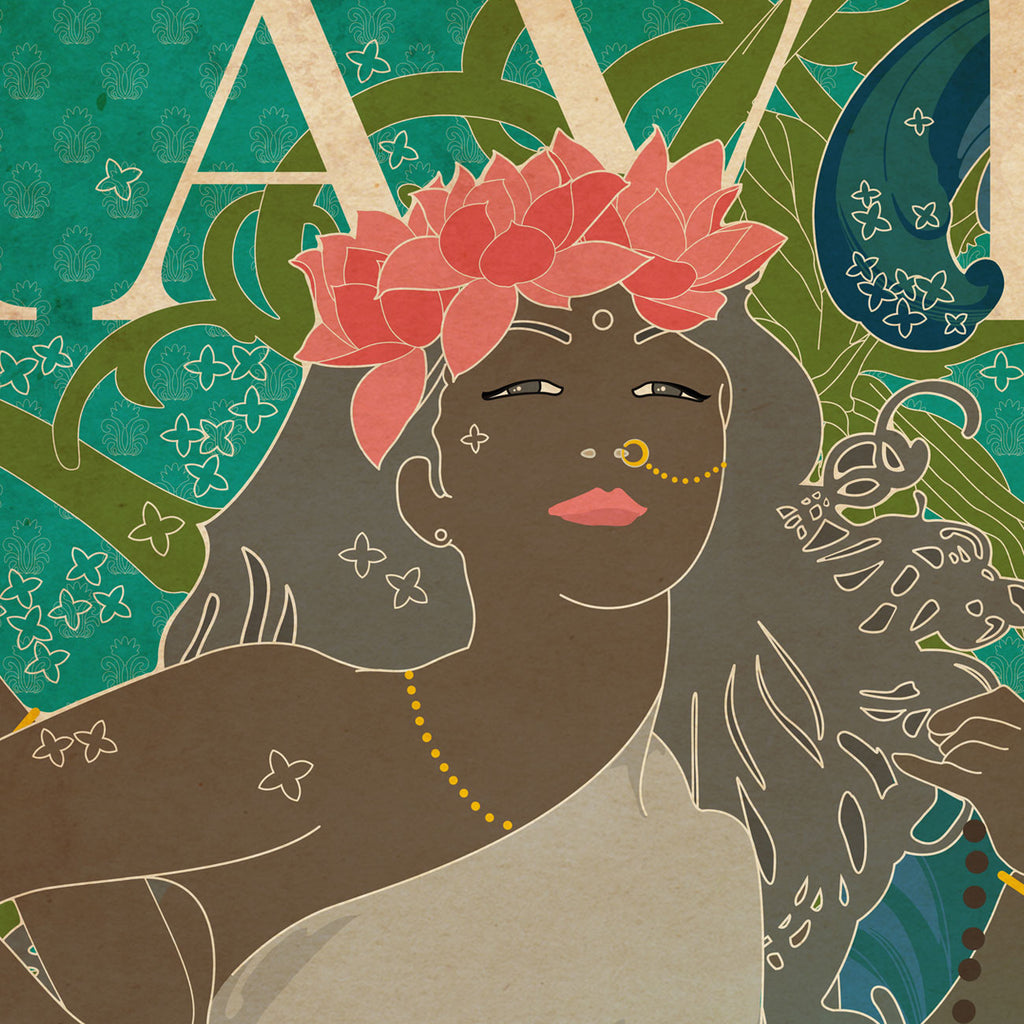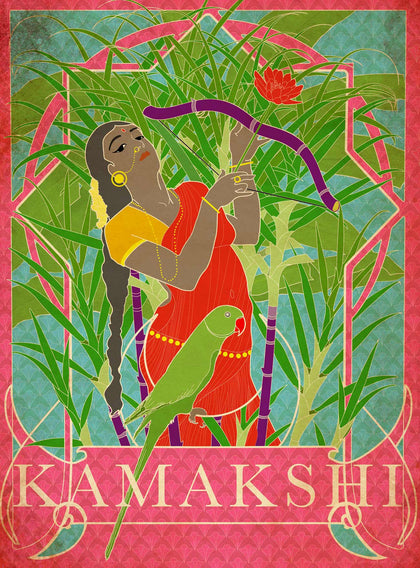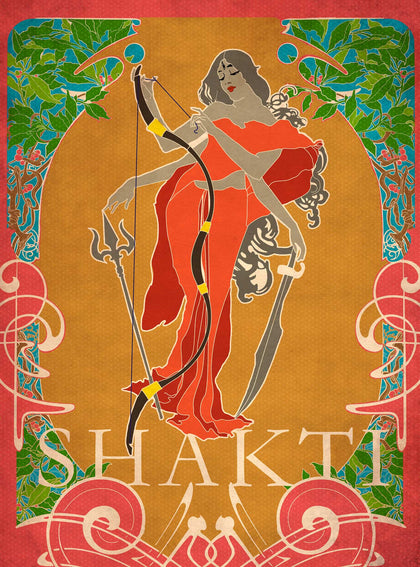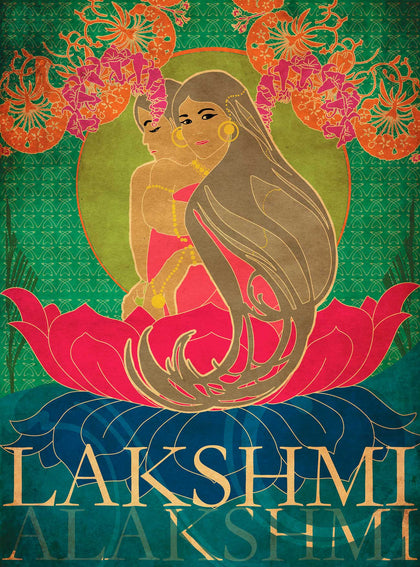Description
Some say he was a king, and some say a sage. Either way, Kavera had prayed for a daughter who would save them all. In her father’s mind she had appeared as an answer. After a long penance, Kaveri arrived as a boon given by Shiva, destined to bring life to the cursed land – plagued by a demon’s evil eye. A rainless eternity, a drought striking the very womb of the monsoons. A once fertile soil had cracked dry and turned to stone.
Her destiny of becoming a river, healing the earth by quenching its thirst, was still to come. The river goddess was first a woman. Compassion and justice flowed through her veins, and the need to do the right thing made her fearless. Brought up by a sage, she found herself more often in isolation and deep meditation. And that was how the sage Agastya saw her first. They married soon and even before starting their life together, fate in its mischievous way had begun to bend her path towards her destiny - making her demand of her husband to never be separated from him for any prolonged period of time. Here again, many versions of the story appear as tributaries, but all coming to the same end.
To not be separated, Agastya turns Kaveri into water and keeps her in the chalice he carries with him everywhere. But their moment of separation arrives, when he takes her in his vessel to an almost barren lake and rests her on the banks while he steps in for a bath. In one version, to remain close she toppled the vessel from within, pouring herself out and magically turning into the gushing, glorious and powerful river Kaveri. Others say it was Ganesha who appeared as a cow or a little boy who toppled the vessel for her.
In any event, it ends with a separation from the one she loved, to fulfil her greater destiny. Demon and drought disappeared, and the land laughed again. It’s a haunting image but it’s one that persists - Agastya would sometimes find his wife Kaveri on the other side of the river she became. As a goddess, looking at him, and never crossing over, they would stay motionless in each other’s gaze.
About the Series:
This artwork is part of the “Sister Misfortune” series, through which the artist, Smruthi Gargi Eswar, narrates lesser-known stories from Indian mythology, while reflecting on the narrative surrounding women in our culture. Various Indian goddesses (devis) are depicted with a refreshing artistic lens.
In India, there is a constant burden on women to be “Devi-like”. Through this series, the artist attempts a reverse deification of the goddesses, making them appear like real women, in a real world. The series is an exploration not just of duality, but of multiplicity. It compels us to question our attitudes - women towards themselves, men towards women. How does the idea of a goddess coexist within every woman? How do we, as a society, so casually dismiss, disrespect, disregard, and defile in our everyday existence, those who we have bedecked with gold and enshrined in a temple?
























































































 View Full Screen
View Full Screen































































